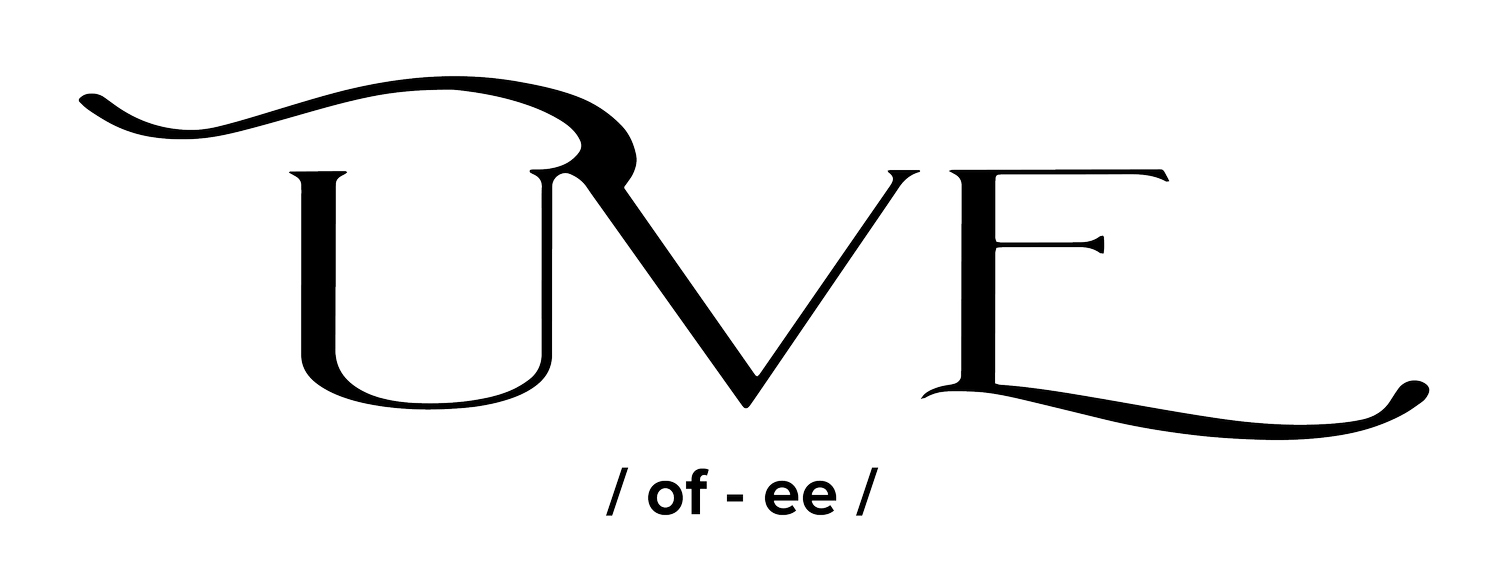Restoration and Cowboy Monitoring: A Conversation with Jeff Friesen
By Dora Cohen, UVE Hub Verifier
On Monday, I sat down with rancher Jeff Friesen over coffee at LJ Brewski’s in Union, Oregon, to talk cattle, grazing, and the tough decisions between crops and pasture. Jeff has been farming and ranching for 15 years, and nearly a year ago, he partnered with UVE’s learning site Buffalo Peak Land and Livestock, a 600-acre operation. He admitted applying for the role was intimidating—a surprising confession from someone who routinely moves cattle across 10 different landbases. In fact, he’s managed herds as large as 1,500 head, 15 to 20 times the size of his and the Buffalo Peak herd combined. And as our conversation unfolded, it became clear that Buffalo Peak was just one piece of a much larger story.
Enjoying coffee at LJ Brewskis -
Dora Cohen (L) & Jeff Friesen (R)
A new project that kept Jeff busy this winter was managing livestock on a restored prairie with public trails at the Cove Ascension School in partnership with Naknuwiłama Tiiča̓mna - Caretakers of the Land, eight miles from Buffalo Peak. The site, located within the City of Cove, Oregon, hosts community events and a preschool, making it an interesting challenge to keep cattle contained with a single-wire electric fence. When the cows escaped once, a local trail user managed to herd them back by whistling commands at his trained birddogs. Despite the occasional adventure, the community welcomed the cattle, and the restoration team was pleased with their impact—and follow-up monitoring this season will confirm the results. After grazing the prairie, the herd moved to another site near Cove, where Jeff had seeded a cover crop for grazing. They’ll return home in February, with calving set to begin in March.
So far, Jeff has kept his two herds separate. His own Angus cattle are bred for small size and efficiency, while the Buffalo Peak herd consists of Aubrac, a compact and efficient breed that remains true to it’s grass-finishing roots. He plans to cross them to boost genetic diversity while maintaining these traits. His long-term goal is to breed and raise cattle to maturity, selling them through a cooperative that connects beef with consumers. Direct marketing has been a challenge.
A handsome Aubrac bull in the Buffalo Peak herd
“If you’re going to sell grassfed or sell beef, you’ve got to get in front of people,” he’s been told. “Finding the time to get in front of people—that’s a tough one so far,” he said.
Looking ahead, Jeff is excited to continue a successful practice: Cutting alfalfa for the final harvest but leaving it on the ground for winter strip grazing. This prevents leaf shatter and preserves forage quality —saving both time and resources.
A major project coming up this year is a large-scale floodplain restoration at Buffalo Peak, which includes rewilding the creek. Jeff remains unfazed. “I just need to move the cows around it,” he shrugged, staying flexible amid the uncertainties.
Out of curiosity, I asked Jeff about monitoring that occurs at his other landbases, not just Buffalo Peak, and he used a phrase that cracked me up: “Cowboy monitoring”. He certainly notes what’s changed, but maybe doesn’t always write it down. Being new to UVE myself, this gave me a fresh perspective on the value of the monitors’ work. The monitors collect and steward years of data, so ranchers like Jeff can focus on the land and the animals.
Habitat Restoration at the Cove Ascension School: https://coveascensionschool.com/habitat-restoration/
Cows strip grazing cut hay that was left on the ground instead of baled.
Dora Cohen, PhD is UVE’s Land Steward Relationship Coordinator, Hub Verifier, & Savory Accredited Professional





